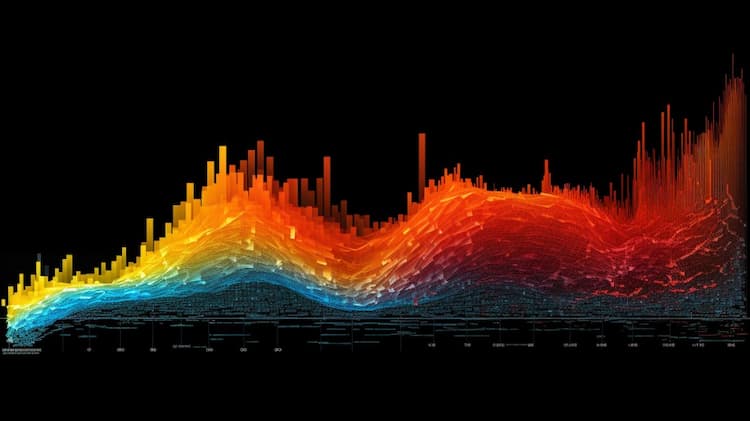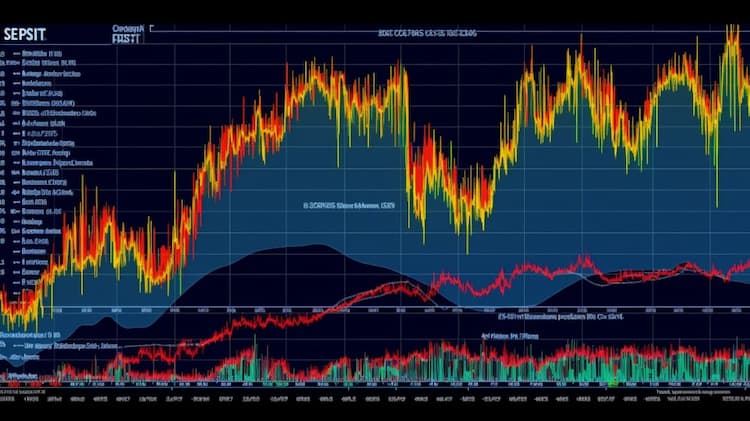
IYF VS PSCF
Exchange-Traded Funds (ETFs) have transformed the landscape of modern investing, providing individuals with diversified exposure across a range of sectors and asset classes. In this article, we'll conduct an in-depth analysis of two prominent ETFs: IYF (iShares U.S. Financials ETF) and PSCF (Invesco S&P SmallCap Financials ETF). We'll delve into critical aspects such as ETF tickers, full names, issuers, sectors, top holdings, capitalization, strategy, tracking methods, and exposure.
IYF Vs PSCF: Overview
IYF and PSCF are two ETFs that offer distinct investment avenues within the financial sector. While IYF focuses on providing exposure to larger U.S. financial companies, PSCF is centered around small-cap financial firms. This contrast in focus results in diverse risk and reward profiles, which we will dissect in the subsequent sections.
IYF Vs PSCF: Sectors and Top Holdings
The IYF ETF primarily targets the broader financial industry, including companies engaged in banking, insurance, real estate, and diversified financial services. Its top holdings may include names like JPMorgan Chase, Berkshire Hathaway, and Visa. Conversely, PSCF is specifically designed to capture the performance of small-cap financial stocks, which might include lesser-known companies operating within the sector. Understanding these sectors and top holdings is essential for investors seeking to align their portfolios with specific industry trends and market segments.
 IYF overlap IYF VS PSCF
IYF overlap IYF VS PSCF
IYF Vs PSCF: Capitalization and Strategy
IYF's substantial Asset Under Management (AUM) reflects its popularity among investors interested in gaining exposure to larger financial institutions. Its strategy revolves around tracking an index comprising established companies within the financial sector. On the other hand, PSCF's focus on small-cap financial firms presents opportunities for growth but also heightened volatility. By understanding the differences in capitalization and strategy, investors can make more informed decisions tailored to their risk appetite and investment goals.
IYF Vs PSCF: Tracking and Exposure
IYF aims to replicate the performance of the U.S. financial sector by closely following a benchmark index. Its exposure includes various sub-industries within finance, each influenced by broader economic trends and market conditions. PSCF, being small-cap-focused, provides exposure to smaller financial companies, which can be more sensitive to company-specific developments. Recognizing the nuances of these tracking and exposure methods is crucial for investors aiming to optimize their portfolios based on market dynamics and sectoral trends.
Conclusion
IYF and PSCF stand as distinct ETFs, each catering to a unique slice of the financial sector. For investors interested in gaining deeper insights into the holdings, correlations, overlaps, and other critical information, the ETF Insider emerges as an invaluable tool. With its user-friendly app, ETF Insider equips investors with extensive data and insights, empowering them to make well-informed decisions about these and other financial instruments.
Disclaimer: This article is intended for informational purposes only and does not provide investment advisory services. It's essential to conduct thorough research and consult with financial professionals before making any investment decisions.
Sources:
ETF issuer websites and official documentation
Financial news outlets and market reports
Data from financial research platforms
IYF quote and analysis
Discover the top holdings, correlations, and overlaps of ETFs using our visualization tool.
Our app allows you to build and track your portfolio.
To learn more about the IYF iShares U.S. Financials ETF, access our dedicated page now.
FAQ
Why is IYF better than PSCF?
IYF may be considered better than PSCF for some investors due to its specific focus, offering diversification.
Does PSCF beat IYF?
PSCF's performance relative to IYF will vary over time, depending on market conditions.
Should I invest in IYF or PSCF?
The choice between IYF and PSCF should align with your investment goals, risk tolerance, and desired exposure.
Are IYF and PSCF good investments?
Both IYF and PSCF can be suitable investments depending on individual investment strategies, goals, and risk profiles.
What is the correlation between IYF and PSCF?
The correlation between IYF and PSCF can vary over time, reflecting differences in performance.





















